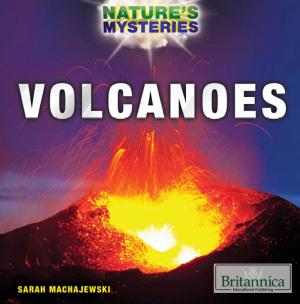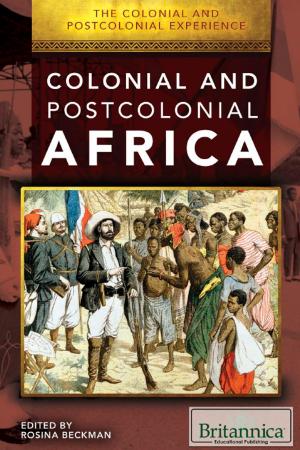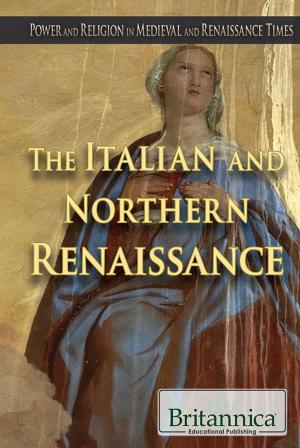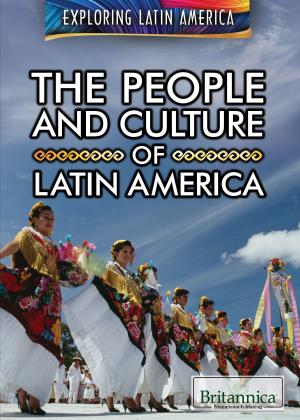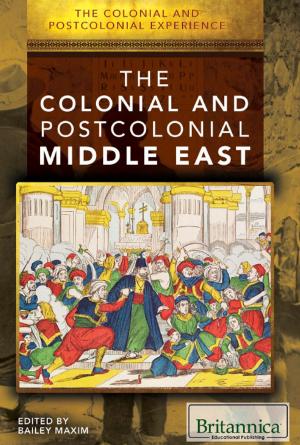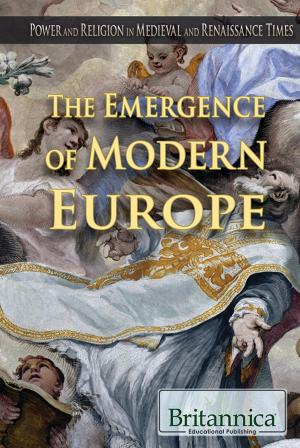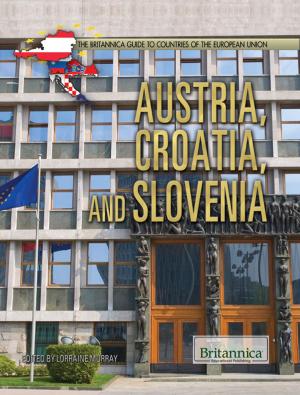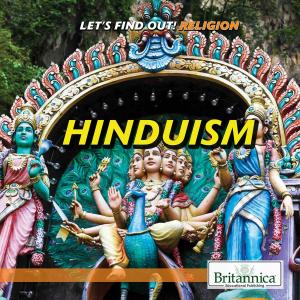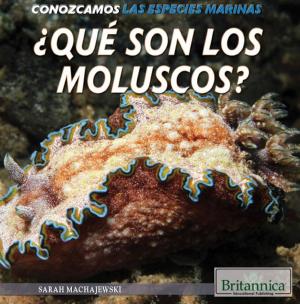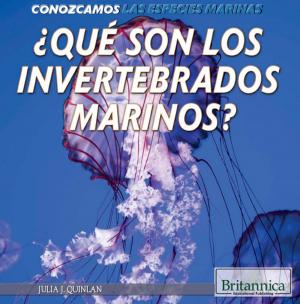Britannica Educational Publishing imprint: 818 books
by Tracy Hamilton
Language: English
Release Date: August 1, 2016
Language: English
Release Date: August 1, 2016
One of the fastest ways for many people to travel together over land is by train. Although train travel in America is not as popular as it was a century ago, it continues to convey a sense of mystery and romanticism in our minds. This fully illustrated, informative resource for young readers introduces...
by Sarah Machajewski
Language: English
Release Date: August 1, 2016
Language: English
Release Date: August 1, 2016
To ancient peoples, volcanic eruptions represented the wrath of angry gods or goddesses. Today, the inner workings of the Earth are far less mysterious, if still terrifying. This alluring volume demystifies the science of volcanism for elementary readers, explaining how magma forms, the part plate tectonics...
by Rosina Beckman
Language: English
Release Date: January 1, 2017
Language: English
Release Date: January 1, 2017
By the early twentieth century, nearly the entire continent of Africa had been divided up between European powers. This volume traces the history of colonialism in each of Africa’s regions, as well as the fight for independence and the challenges of establishing viable nations after years languishing...
by Kelly Roscoe
Language: English
Release Date: January 1, 2018
Language: English
Release Date: January 1, 2018
The modern period of history is often considered to have begun with the Renaissance, one of the rare periods of genius in the world’s history. This volume traces the Renaissance from its beginnings in Italy in the fourteenth century to its spread across the rest of Europe in the sixteenth and seventeenth...
by Susan Nichols
Language: English
Release Date: January 1, 2018
Language: English
Release Date: January 1, 2018
Latin America’s population is estimated to be well over half a billion people—almost one-tenth of the world’s population—living in thirty-three different countries and territories. This engrossing title explores the people of South America, Central America, Mexico, and the West Indies and provides...
by Bailey Maxim
Language: English
Release Date: January 1, 2017
Language: English
Release Date: January 1, 2017
Colonialism in the Middle East came from within for many centuries, as the Ottoman Empire dominated the region until the end of World War I. Great Britain and France imposed mandates over several of the Arab provinces, beginning a trend of Western interference across the region. This resource documents...
by Kelly Roscoe
Language: English
Release Date: January 1, 2018
Language: English
Release Date: January 1, 2018
The sixteenth century in Europe was a period of vigorous economic expansion that led to social, political, religious, and cultural transformations and established the early modern age. This resource explores the emergence of monarchial nation-states and early Western capitalism during this period. Also...
by Julia J. Quinlan
Language: English
Release Date: January 1, 2017
Language: English
Release Date: January 1, 2017
Invertebrates make up more than 90 percent of all living beings on Earth, and underwater, their diversity is apparent. Sea invertebrates include crustaceans, mollusks, jellyfish, and a host of other sea creatures that are integral to marine ecosystems and have important uses for humans, too. This colorful,...
by Xina M. Uhl
Language: English
Release Date: December 15, 2018
Language: English
Release Date: December 15, 2018
History is traditionally concerned with written sources of information. But what about the accounts, stories, and beliefs that have never been recorded? The tales of everyday people, servants, minorities, women, and others who lack money or prestige can be told through oral histories. Learn about...
by Lorraine Murray
Language: English
Release Date: July 15, 2013
Language: English
Release Date: July 15, 2013
Although vastly different in many ways, Austria, Croatia, and Slovenia together form the heart of Central Europe. Austria has historically been much more visible in European politics than either Croatia or Slovenia, but as with the latter two, it has also been a part of various alliances over the...
by Julia J. Quinlan
Language: English
Release Date: December 15, 2018
Language: English
Release Date: December 15, 2018
Dating back over three thousand years, Hinduism is a rich religion with more than nine hundred million practitioners worldwide. Unlike most world religions, Hinduism has no single founder or religious text. Instead, Hindus revere a body of texts known as the Veda and share sets of practices and beliefs...
by Julia J. Quinlan
Language: English
Release Date: December 15, 2018
Language: English
Release Date: December 15, 2018
The tundra is the most remote and least inhabited biome on Earth. Few people get to see these remote and foreboding landscapes. Readers will learn what can live in these harsh environments and why such an unwelcoming place is essential to all life on Earth. Vibrant color photographs help students...
by Sarah Machajewski
Language: Spanish
Release Date: January 1, 2017
Language: Spanish
Release Date: January 1, 2017
Marine biology is both essential and inspirational to human life. The bodies of mollusks in particular allow them to live aboveground, underwater, or both, depending on the species. Readers will learn about the unique contribution oysters, squid, and slugs, all of which are different classes of mollusks,...
by Julia J. Quinlan
Language: Spanish
Release Date: January 1, 2017
Language: Spanish
Release Date: January 1, 2017
Invertebrates make up more than 90 percent of all living beings on Earth, and underwater, their diversity is apparent. Sea invertebrates include crustaceans, mollusks, jellyfish, and a host of other sea creatures that are integral to marine ecosystems and have important uses for humans, too. This colorful,...

